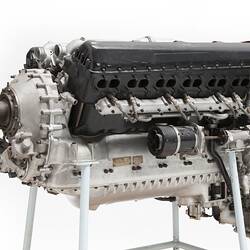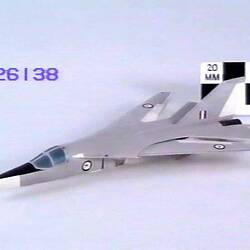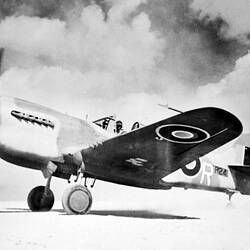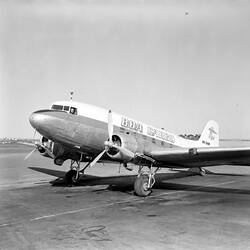Summary
The Fairey Battle was designed by Fairey Aviation Limited at Stockport near Manchester, UK to British Air Ministry Specification P.27/32 for a three-seat light bomber. The prototype first flew on 10 March 1936 at Ringway airfield. As part of the rapid expansion of the Royal Air Force (RAF) in the late 1930s, the Battle was ordered into production as the standard RAF light bomber type. It was powered by a single Rolls-Royce Merlin V-12 engine of the same type fitted to the Hawker Hurricane and Supermarine Spitfire which were being developed at the same time. A second production line was established by Austin Motors at Longbridge to produce the Battle in the quantity required. A small number were also produced in Belgium by Avions Fairey.
At the start of World War II in September 1939, the RAF had about 1000 Battles on strength. Many were sent to France with the Advanced Air Striking Force. It was here that the limitations of the original design specifications were exposed after the German invasion of France, Belgium and Holland began on 10 May 1940. A maximum speed of around 200 m.p.h at sea level made it vulnerable to both fighter aircraft and anti-aircraft fire. Many courageous attacks against German bridgeheads were made with heavy loss of life. The first RAF Victoria Crosses of World War II were awarded posthumously to Flying Officer D. Garland and his observer Sergeant T.Grey for an attack at Maastricht while flying a Battle, although for some unexplained reason the gunner LAC L. Reynolds did not receive the award. The Battle was withdrawn from front-line service after the fall of France in June 1940 although some were used in attacks on German barges in French ports during the Battle of Britain.
The Battle was then used for training British and Commonwealth aircrew in the United Kingdom, Canada, South Africa, Rhodesia and Australia under the Empire Air Training Scheme (EATS). As part of this agreement, the United Kingdom supplied aircraft to be used by Commonwealth air forces to train aircrew for service in the Royal Air Force. The Royal Australian Air Force (RAAF) received 366 Fairey Battle aircraft which served mostly with three RAAF Bombing & Air Gunnery Schools (BAGS) towing targets for air to air gunnery training and dropping practice bombs. The first Battles to be delivered to Australia were received at No. 1 Aircraft Park, Geelong on 30 April 1940. This unit was located at the International Harvester factory site where the aircraft were assembled and test flown. Some of these imported Battles had previously seen operational service in France. By 1945 the Battle was no longer required and the surviving aircraft were mostly destroyed fire at Point Cook and Werribee.
There is no documented history available for this damaged Battle propeller in the Museum Victoria collection which is apparently a standard De Havilland three-blade variable-pitch unit. It retains remnants of the original black paint and yellow blade tips but has been exposed to the elements for an extended period before acquisition. No markings are visible under a coat of yellow paint which has been crudely applied at some time after 1945.
More Information
-
Collecting Areas
-
Acquisition Information
Unknown Acquisition Method from Unknown Source
-
User
-
Brand Names
-
Classification
-
Category
-
Discipline
-
Type of item
-
Keywords
Aero Engines, Aeroplane Components, Aircraft Propellers, Wars & Conflicts



